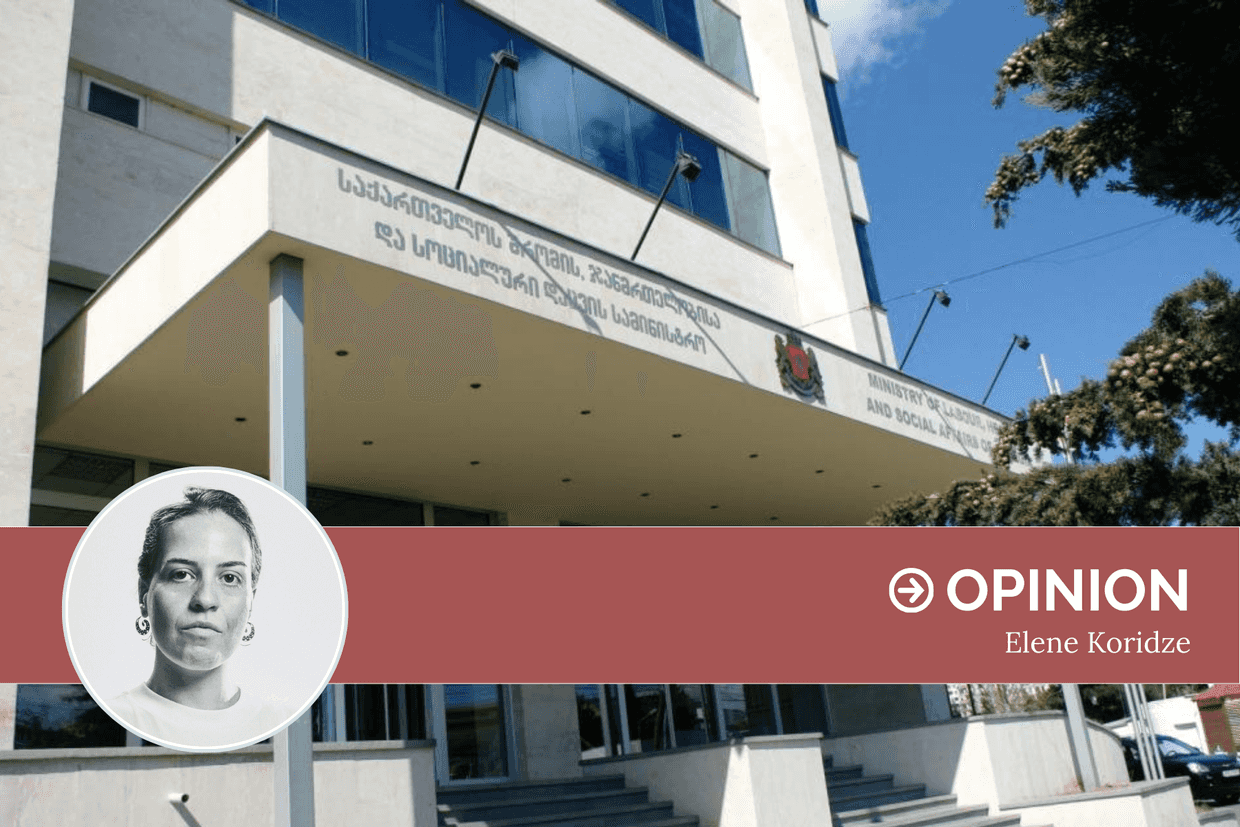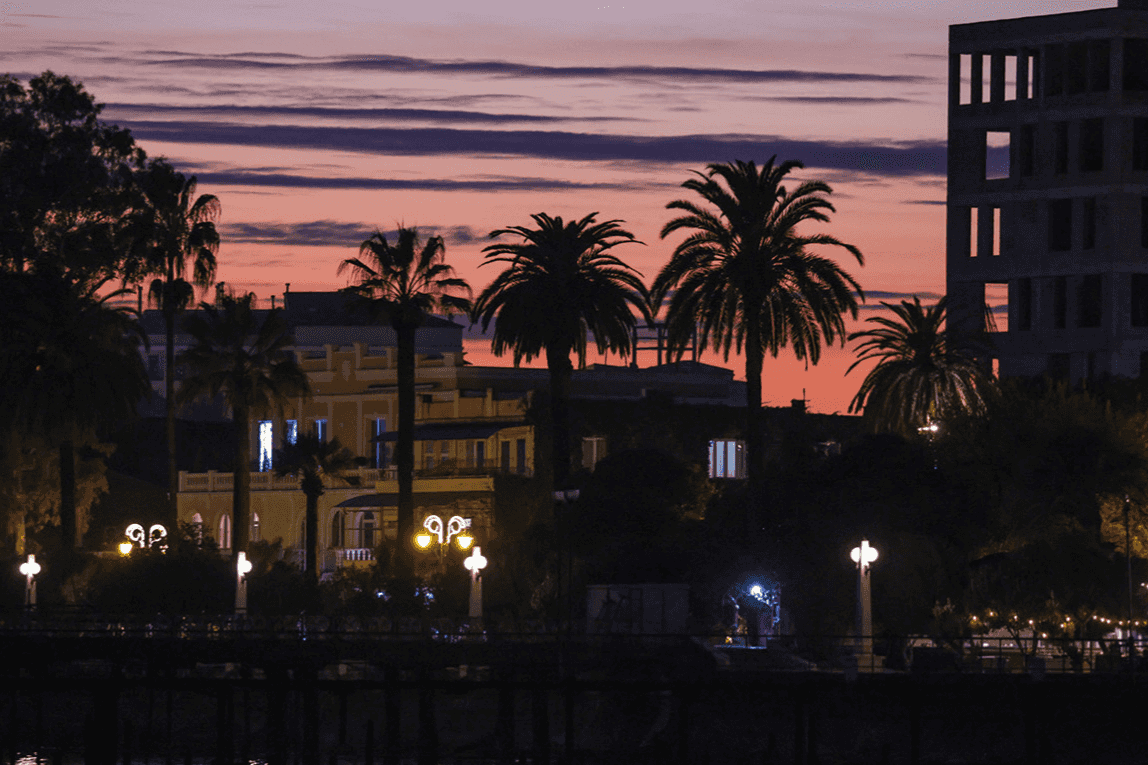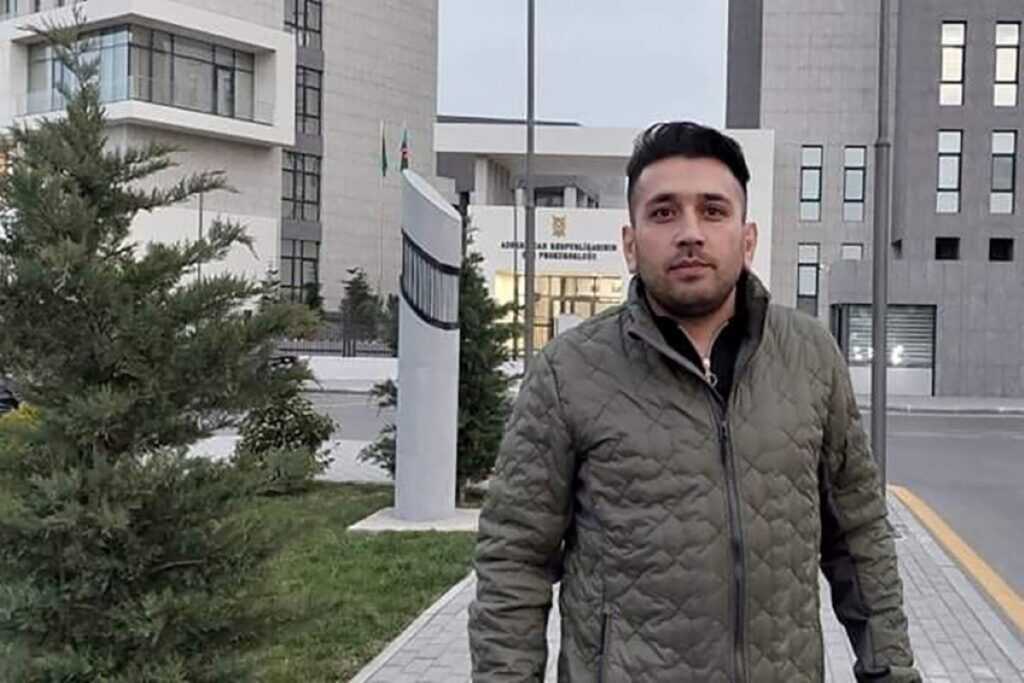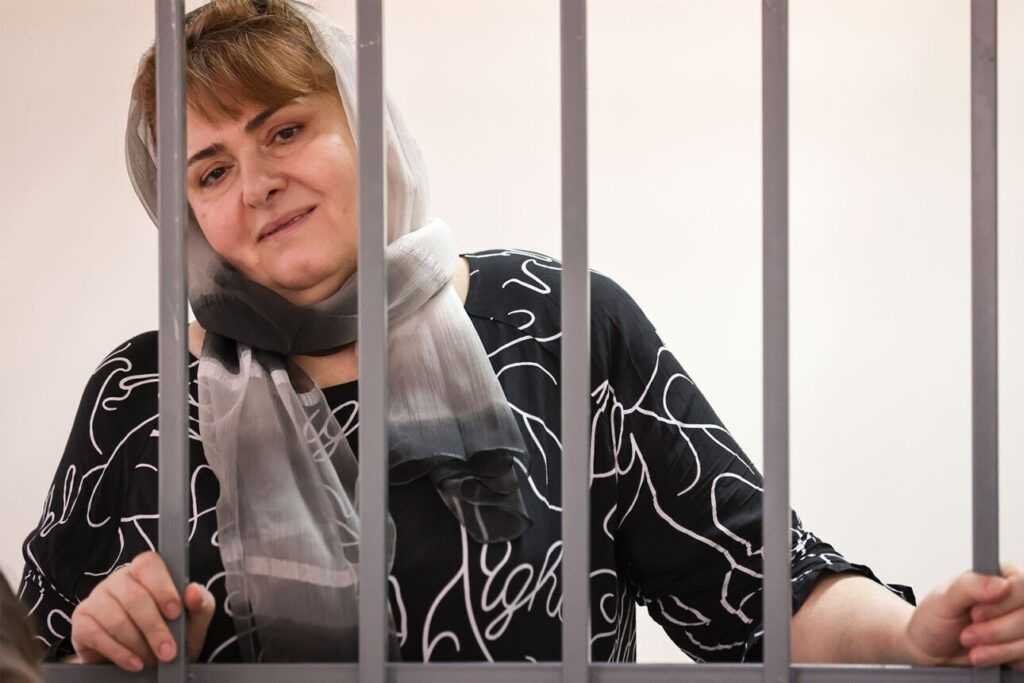‘A new language for living’ — Nana Zaalishvili on Soviet bus stops and Georgian architecture today

Georgian architect Nanuka (Nana) Zaalishvili has spent the last ten years documenting Soviet bus stops, their designs influencing her own work.
As a child, Zaalishvili never thought she would be an architect — indeed, from a young age, she planned and studied to be a diplomat. It was not until the last six months of university that she changed her mind, moving into an entirely new field.
‘I never thought I would become an architect, even when I finished my master’s degree. I think that’s when I decided, because I had a degree. But I’m very happy that happened, because I think that should have been the path from the beginning’, she says.
Since then, she has gone on to found her own architecture firm in Tbilisi and exhibit and publish her photographic collection Soviet Bus Stops in Georgia, the second edition of which she is currently working on.
Zaalishvili first began photographing Soviet bus stops in 2015.
‘I always travelled a lot around Georgia and I always noticed these small roadside structures, and based on my profession, that is as an architect, I was always curious. They were always striking objects, especially in a rural or remote landscape’, she says.

At the time, Zaalishvili did not have a professional camera, so the focus was simply on documentation. However, she always knew from the very beginning that the project would lead somewhere.
‘I started by writing articles and publishing the photos, but I knew that wasn’t enough, and that was not what I wanted to achieve’, she says. ‘I knew from the beginning that I wanted to do a book, but I was hesitant because I didn’t have much theoretical knowledge’.
After coming across photographer Christopher Herwig’s book Soviet Bus Stops, Zaalishvili was inspired to not only document the bus stops, but to ‘dig a little bit deeper and learn their history’.

Then, just as now, however, there was no set map for Soviet bus stops in Georgia, so Zaalishvili would travel around places she had not been hoping to discover and photograph new objects.
‘I never knew what I would find’, she says. ‘Sometimes I would drive for five, six hours without seeing anything, while other times there were lots of interesting bus stops’.
One helpful circumstance was that some research had been done on Soviet mosaics in Georgia, which were often integrated into bus stops.

Unlike researchers, however, locals living nearby almost never knew about the bus stops.
‘No one notices the structures, because they are dilapidated. So everyone looks at them as something that has to be gotten rid of and which is not important’, Zaalishvili says.
Indeed, some of the bus stops Zaalishvili has photographed no longer exist today, having been torn down in the intervening years.

‘When we [architects focusing on Soviet modernist architecture in Georgia] realised that some of the most important architects worked on bus stops, we applied for the documentation to grant them cultural heritage status after one of the most important examples disappeared’, Zaalishvili says.
‘Sadly, it needs promotion as well in local communities, which is currently non-existent. Every day I come to the same locations, I expect that [another bus stop] is gone’.

Zaalishvili believes that the local government should take care of the bus stops and help researchers spread awareness and educate the local populace about the history and importance of some of these objects in terms of the history of Georgian art and architecture, particularly from the period between 1970–1989.
At that time, a lot of roads were being developed across Georgia, which necessitated the construction of new bus stops. Given the small scale of the structures, however, their design and construction did not require permission from the central government located in Moscow.
‘All of the local architects could do basically whatever they wanted, so long as it was not against Soviet propaganda’, Zaalishvili explains.
‘They could look fully conceptual with their shapes, and include mosaics or paintings on them. I think it really shows how Georgian architects were thinking about shapes and exploring trends, more than their original buildings’, she says. ‘In these, they can actually just let their mind run free’.

One such Georgian architect Zaalishvili has drawn particular attention to in her work is Giorgi Chakhava, who, along with Zurab Jalaghania, designed the building for the Ministry of Highway Construction of the Georgian SSR in 1975. Today, the building, as the Bank of Georgia’s headquarters, is one of Tbilisi’s most notable pieces of Soviet architecture.

‘Chakhava was the architect of some of the most striking bus stops, and he used his “Construction Element” creation to build them’, Zaalishvili says, explaining that the modular concrete system was used to assemble houses, pavilions, and the supporting columns for bridges, among other things.
‘His work is very important, and it really inspired my Element Collection,’ she says, emphasising that ‘these structures are not only small roadside pieces of architecture that people can admire, but that they can also be a source of various inspirations that can be used and transformed into some more interesting ideas’.

Taking inspiration from this, Zaalishvili’s studio, Idaaf Architects, focuses on multidisciplinary work — covering exterior and interior design as well as furniture — to find ‘a new language’ by which to elevate modern Georgian architecture.
‘What is Georgian architecture?’, Zaalishvili asks.
‘It’s in very early stages, but we are very passionate about local materials and tectonic architecture, how the materials can give us guidance into the shapes and into the existing landscape where we are doing the project’, she says.

‘With Idaaf’s projects, we aim to create contemporary architecture that places the landscape and then the human at its core. Our goal is to propose a new way of living rooted in Georgian vernacular, moving beyond the limitations of conventional residential blocks. We’re exploring forms that dictate a new spatial language, one that celebrates the richness of life, shared memories and togetherness’.
Despite the importance of Chakhava’s work, along with other Georgian architects in this period, Zaalishvili has struggled to engage the Ministry of Culture and other governmental organisations in protecting Georgia’s architectural heritage.

‘I was thinking that maybe I could get some financial support to travel around local municipalities and have workshops on raising awareness about this architecture, but I don’t believe that this could happen during the current political situation’, Zaalishvili says.
She highlights that for 14 years now, nothing has changed, because the people working in the cultural ministries and governmental organisations do not understand the fields they are meant to be working with.
‘While this critical situation exists in Georgia, I don’t believe that things can get better for the arts or for architecture — I will hold my breath for something in the future’, she says.









